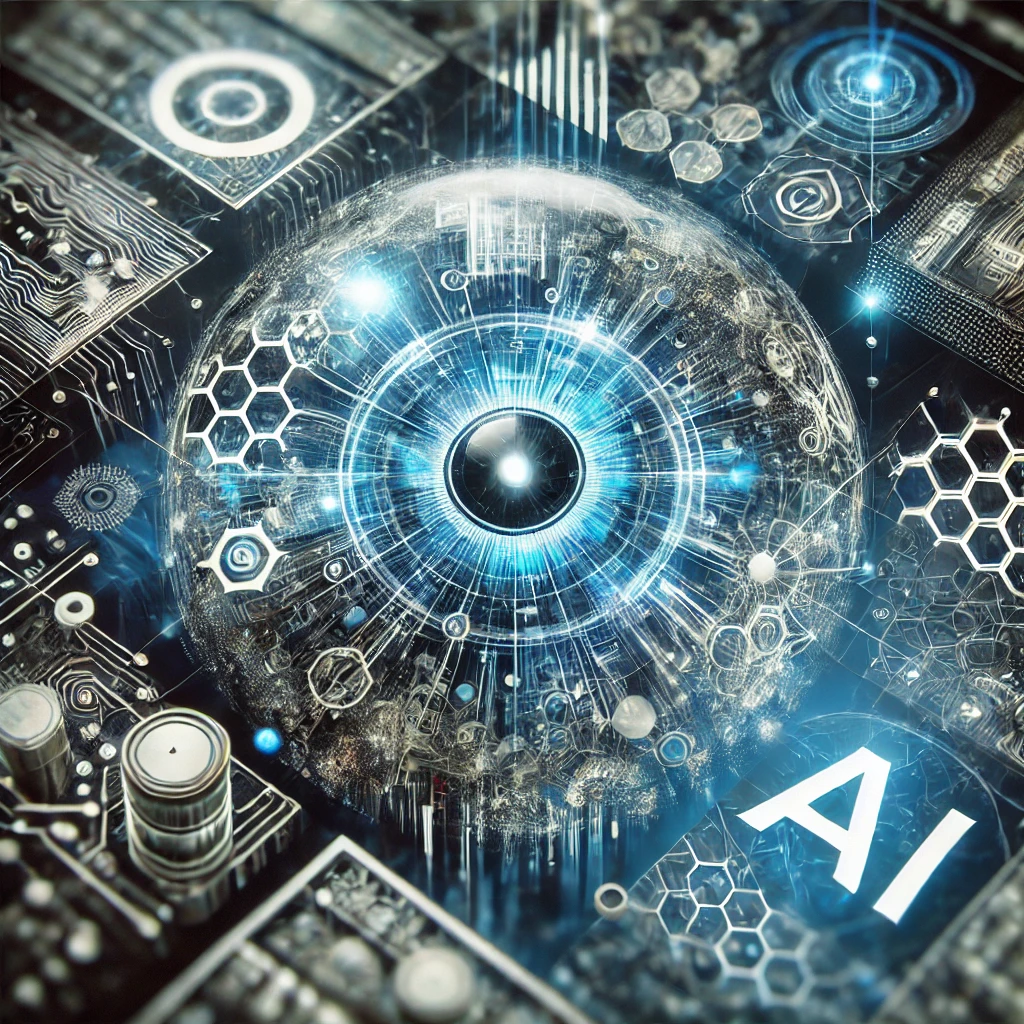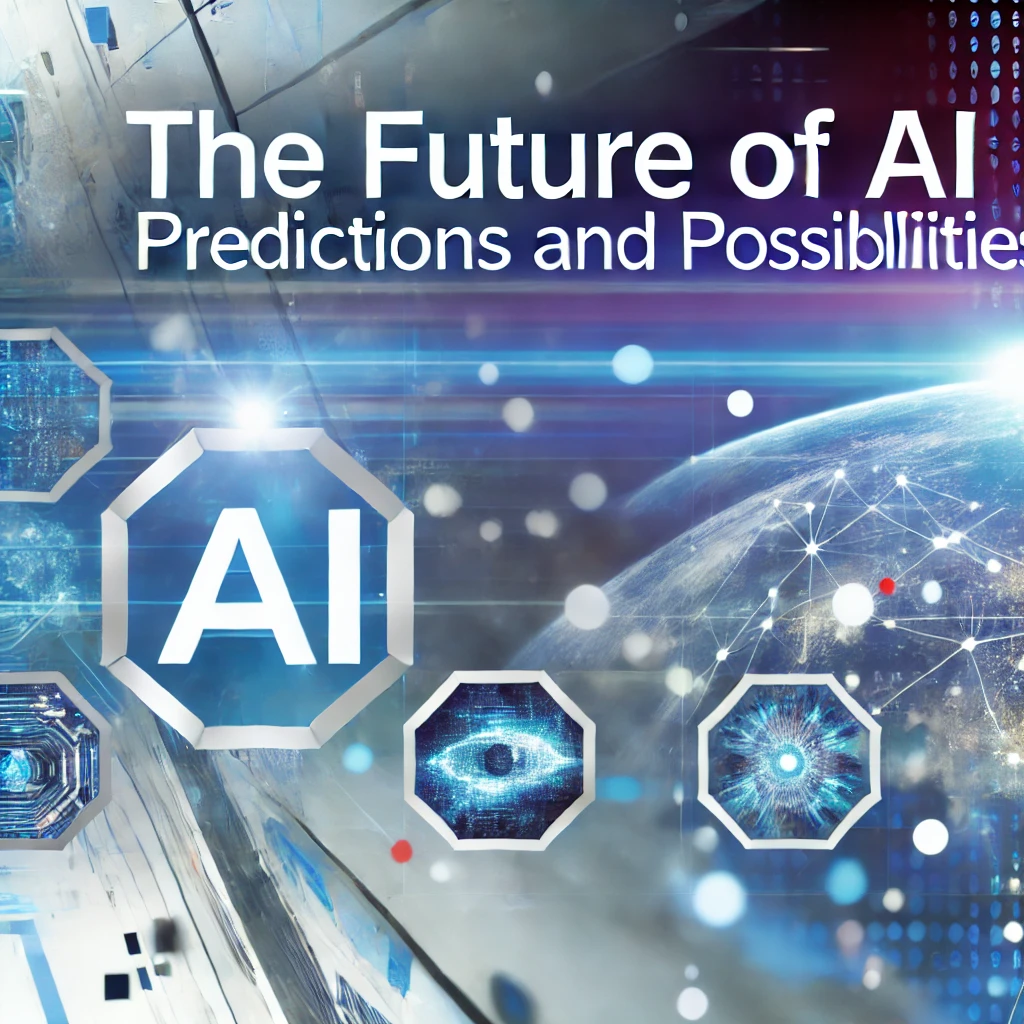AI may have a bad rep, but its potential is immense, and every industry could see drastic transformation through AI in the coming years. Organizations should ensure they put into place clear ethical guidelines before unleashing AI on their organizations.

As early as 2030, business sustainability-related AI could bring significant financial and environmental savings thanks to breakthroughs in AI technologies such as:
Artificial Intelligence
Alan Turing first proposed artificial intelligence (AI) as early as the 1950s; since then, it has become part of everyday products and services we rely on, from search engines to smartphone apps that use voice and image recognition features, while language translation software relies heavily on AI for both written and spoken translation needs. Smart thermostats use it to reduce energy consumption, while companies such as Tesla are working on humanoid robots that will automate physical work tasks.
AI works primarily through machine learning, an approach which teaches algorithms how to do tasks on their own by analyzing data sets for patterns and regularities. This process may either be supervised – when outputs can be predicted via labelled data sets – or unsupervised when algorithms discover ways of improving tasks without being told what to do next.
AI can be an essential asset to businesses seeking to accelerate innovation, enhance efficiency and increase customer and employee engagement. Organizations must understand how best to use it for this purpose while applying it correctly to meet their business goals. Furthermore, clear governance structures and codes of ethics must exist around AI development and deployment to avoid the potential controversies associated with emerging technologies like this one.
Machine Learning
Predictive analysis is one of the more popular applications of machine learning. This technique can help businesses take more informed actions to reduce fraud risk and boost their bottom lines.
Gen AI robots have also become invaluable assets to the military. By performing tasks that would be too dangerous for humans alone to perform, Gen AI robots provide lifesaving and infrastructure protection services while decreasing human resource requirements.
While machine learning is increasingly being utilized, its widespread adoption also raises ethical concerns around privacy for individuals whose data is collected and analyzed. Criminals or rogue states could use such technologies for terrorist attacks or cyberbullying purposes or generate fake images or videos which can later be associated with their creator.
While generative AI (gAI) may garner headlines these days, traditional advanced analytics and machine learning remain at the core of most popular AI tools today. Organizations undertaking digital and AI transformations should keep an eye on emerging gAI technologies but should also leverage existing solutions that offer proven ROI. For instance, predictive analytics tools can provide significant advantages to marketers looking to optimize their campaigns quickly without incurring expensive upfront investments.
Deep Learning
AI research is making rapid strides forward. Thanks to massive datasets and high-performance computing power available today, groundbreaking discoveries in areas like image recognition, speech processing, natural language generation and autonomous systems are emerging quickly.
Artificial Intelligence can help automate repetitive tasks and free people up for more meaningful work, but it’s important to remain conscious of its implications on the workforce. While some experts fear AI will eliminate jobs, other experts like Kai-Fu Lee view AI as a tool that will make humans more creative and fulfilled.
Companies are investing in training their employees for new roles. Some are even teaming up with schools and other organizations to offer such training in skills needed in future workplaces.
As artificial intelligence evolves, its influence will spread into multiple industries. Education could see significant transformation as AI personalizes learning content for specific students while offering strategies tailored specifically to them. Healthcare will also benefit from AI technology, with medical institutions and providers using AI tools for patient monitoring and diagnosis – these could increase accurate diagnosis rates while improving outcomes for patients. AI will enable businesses to analyze massive data sets quickly and transform them into digestible visual formats, speeding decision-making and increasing productivity – something Accenture expects will create a global economic boost of $14 trillion by 2035.
Natural Language Processing
Natural Language Processing (NLP) is an interdisciplinary subfield of artificial intelligence that examines how computers process human input, whether written or spoken. NLP employs techniques from linguistics, computer science and machine learning to analyze data and extract relevant insights. NLP has many practical applications, including text summarization, speech recognition and machine translation.
NLP is an integral part of AI and is becoming increasingly widespread across business applications. NLP allows computers to understand customer feedback and determine if someone will likely buy again; additionally, NLP can also be used for medical image analysis or electronic health records analysis.
Future technologies for NLP will encompass technologies that enhance performance and scale by employing multiple language models simultaneously. This concept, known as combinational AI, promises to revolutionize corporate analytics. For example, an anger detector that interprets the caller’s tone of voice could be combined with text-generation models that create plausible articles to provide recommendations to customers.
Combinational AI will also enable users to develop and test complex algorithms without extensive data preparation or machine training requirements. Developers currently take an extended amount of time from raw data to an AI model because of the handoff between tools and specialists; with combinational AI, this process will become more straightforward and automated so that developers can go from raw data to a production-ready AI model more quickly.
Augmented Reality
AR (augmented reality) merges digital information with actual world surroundings to enhance user experiences. It is an immersive technology made up of sensors, cameras, displays and devices – such as smartphones, tablets, smart glasses or headsets – used for recognition of physical environments as well as movements to overlay digital content in real time.
AR is used in various industries and applications, from retail to manufacturing, medicine and more. AR is changing how we interact with online purchases as well as medical devices like AccuVein vascular scanners.
AR is providing more efficient training in the workplace. It enables workers to practice tasks without risk or see superimposed data and instructions that help solve issues or teach how to use equipment – thus improving worker safety, inspection, and productivity.
AR can enhance the quality of patient care through improved diagnostics and treatment. Surgeons can now utilize AR to understand cancerous tumours better and perform surgery more accurately and quickly. At the same time, doctors use it to view cell structures under a microscope for diagnosis purposes – something otherwise missed or misinterpreted, like incorrect placement of biopsy needles.
Robotics
Since 2010, the robotics industry has made significant strides. Robots equipped with cutting-edge AI have become more integrated into more industries. They are capable of performing tasks that would otherwise be difficult for humans, such as recognizing objects and faces, learning from experience, adapting to new situations, and moving through human environments.
Industrial robots have evolved significantly since their first introduction. Now capable of handling heavy objects with great precision and speed, industrial robots are revolutionizing efficiency in many fields. Medical robots have advanced as well; some are even capable of conversing with patients to promote emotional health, while humanoid robots have moved past science fiction with companies like Tesla aiming to mass produce such machines.
These advances in robotics are possible thanks to advancements in AI algorithms, computing power and sensors. There is also an increasing trend toward customization and personalization, with robots being explicitly tailored to user requirements. This helps ensure that their interactions with humans are natural and intuitive.
The future of robotics holds endless promise. We will likely witness more sophisticated robots working alongside humans in roles ranging from customer service and manufacturing to healthcare delivery and beyond. Contrary to dystopian predictions, these improved robots won’t replace human workers; instead, they will create more jobs by increasing productivity and cutting costs, freeing human workers up for more creative or value-adding tasks like developing autonomous cars or cutting-edge technologies that require creativity and innovation.

